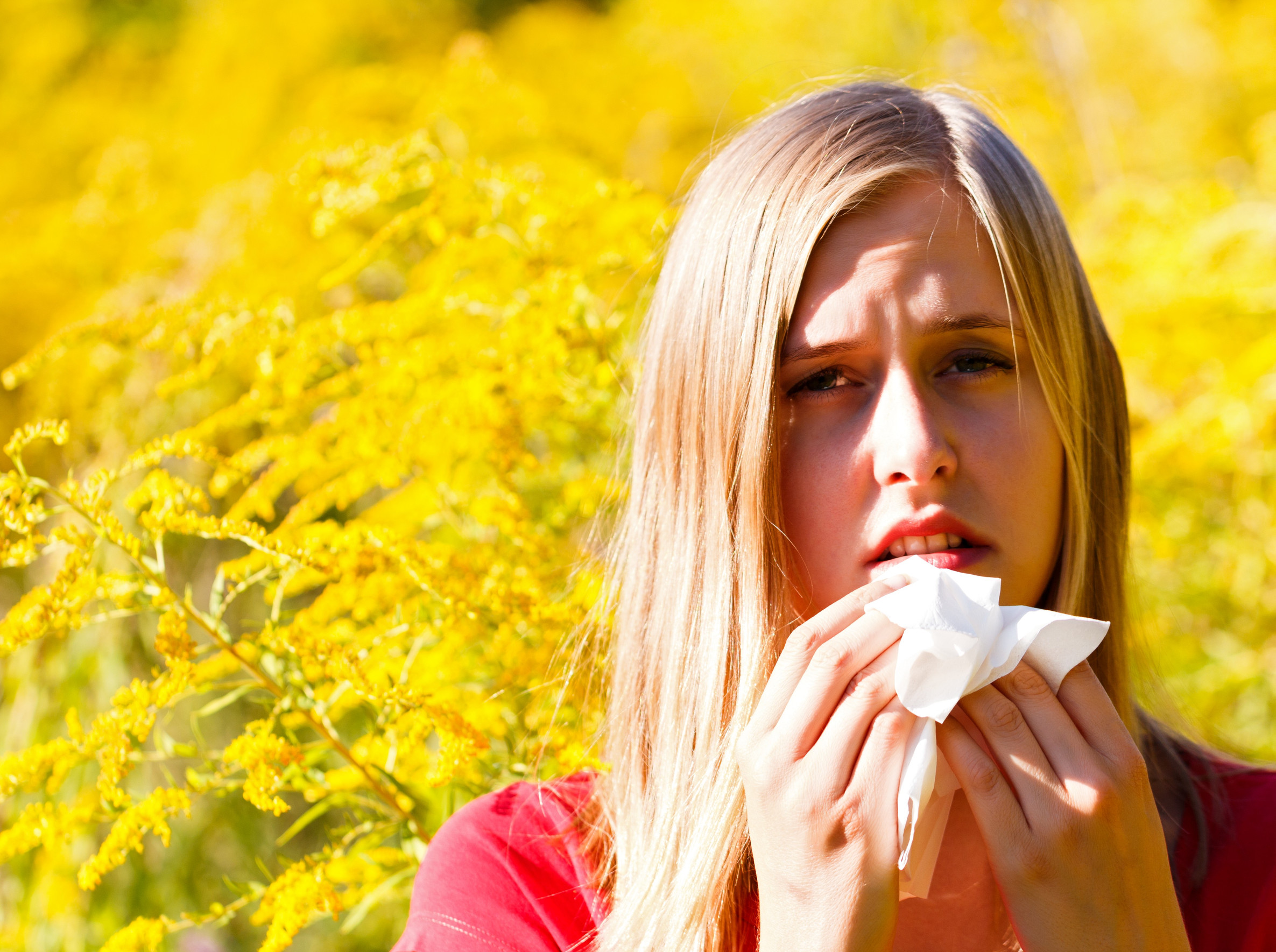
Allergy season is in full swing. Do your eyes water and itch the second you step outside? While you’re stocking up on tissues, you may not realize that the culprit is right under your feet. Your garden may be the source of all your discomfort. Many common yard invaders release clouds of highly allergenic pollen that travel for miles and linger for weeks. We’re calling it “toxic pollen” here because these grains can trigger intense reactions in sensitive people. It’s not poisonous in the sense of chemicals. But it’s a real pain for some people. A single plant can pump out staggering amounts of pollen and make allergy season feel endless. Learn which allergenic weeds are most likely to ambush your sinuses and how to identify them.
1. Ragweed
Ragweed is one of the most allergenic weeds. It’s no surprise. A single plant can produce up to a billion pollen grains in one season, and winds can carry them far beyond your yard, extending allergy misery across regions. The EPA says that warming can lengthen ragweed’s bloom window. In late summer and early fall, tens of millions of Americans battle ragweed symptoms each year. You can blame most of your sniffles on these allergenic weeds.
2. Mugwort / Sagebrush Cousins
While sometimes used as a supplement for health benefits, the plant’s pollen can be toxic. Mugwort’s pollen is common in Europe and increasingly problematic in North America. It’s a trigger in late summer and autumn. These Artemisia cousins often thrive in vacant lots and neglected beds. They are known for drab flower spikes that don’t look like much, but spread quickly.
3. Pigweed / Amaranth
Pigweed pops up in disturbed soil and heat-baked lawns. Its tiny greenish flowers shed pollen that drifts easily in breezes. Because pigweed springs up wherever soil is turned. Think about new construction, mailbox posts, or bare patches. Many homeowners pull it when it’s too late. Pollen release happens quickly.
4. Lamb’s Quarters / Goosefoot
Lamb’s quarters looks harmless and actually taste like a mild version of spinach. It’s popular among foragers until pollen season. As a member of the goosefoot family, it’s linked to airborne allergies in many regions. It pops up around garden edges, compost zones, and fence lines. Nitrogen-rich soils and overfertilized beds are especially prone.
5. Plantain
Broadleaf plantain hugs the ground and escapes mower blades. But those skinny spikes aren’t decorative. The spikes are pollen launchpads that add to counts through summer. Plantain thrives in compacted soil along sidewalks and play areas, so exposure is common. It’s relatively low-profile, so it usually goes unnoticed by homeowners. You’ll have to get down to ankle level if you want to spot this allergenic weed.
6. Nettle
Stinging nettle gets attention for painful hairs on its leaves, but its wind-pollinated flowers are trouble, too. Light, easily dispersed grains can aggravate allergic rhinitis when patches bloom along ditches and fence rows. Nettles love damp, rich soils and quickly form thickets. In the world of allergenic weeds, nettle is both a contact irritation and an airborne trigger.
7. Russian Thistle / Tumbleweed
Tumbleweed isn’t just in movies; it’s also an allergenic weed. Famous for rolling across deserts, Russian thistle also releases pollen that can provoke allergic symptoms. It can be tied to rhinitis and asthma in some regions. Plants flourish in dry, disturbed ground and vacant lots and then break off.
8. Dock and Sorrel
These weeds are tall and produce dense clusters of flowers that shed significant pollen. They’re common along roadsides, creek banks, and meadow edges where mowing is less prevalent. Because bloom spikes look like dried seedheads, many homeowners leave them standing. These will make you sneeze in late spring and summer. Check for rust-colored stems near your property line.
9. Sagebrush
Out West, sagebrush is a landscape icon. Like its mugwort cousin, it relies on wind to move its grains. Dry summers extend flowering and spread, especially after land disturbance. Travelers may carry symptoms home after exposure during road trips. In arid zones, sagebrush is a top offender.
Breathe Easier: Smart Yard Moves That Actually Help
Want to escape allergenic weeds? First, remove weeds before flower spikes form; once you see dust-like release, it’s too late for that cycle. Bag and trash seedheads instead of composting to avoid re-seeding, and keep bare soil covered with mulch to prevent allergenic weeds from colonizing. Track local pollen forecasts and mow or pull in the evening when counts tend to be lower, then shower to rinse grains off hair and skin. If symptoms escalate, talk to an allergist about testing and targeted treatment, and consider swapping high-allergen ornamentals for low-pollen options. Climate shifts are lengthening some pollen seasons, so a little prevention now pays off all summer.
Would you rather rip weeds weekly or sneeze daily? What’s your move for keeping allergenic weeds under control? Share your tips below.
You May Also Like…
- How to Make Your Garden Pollinator-Friendly Without Buying a Single Bee House
- The One Thing You Should Always Do Before Planting Anything
- 5 Common Plants That Secretly Attract Pests
- How to Use Grocery Scraps to Grow a Second Harvest
- The Best Time of Day to Water—And Why Most People Get It Wrong
The post 9 Weeds That Spread Toxic Pollen Without Warning appeared first on Frugal Gardening.







